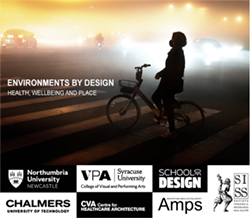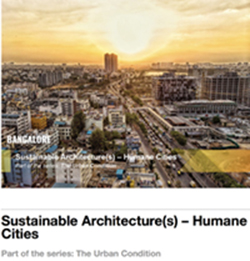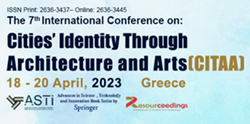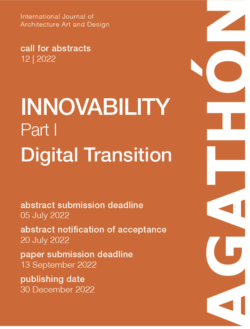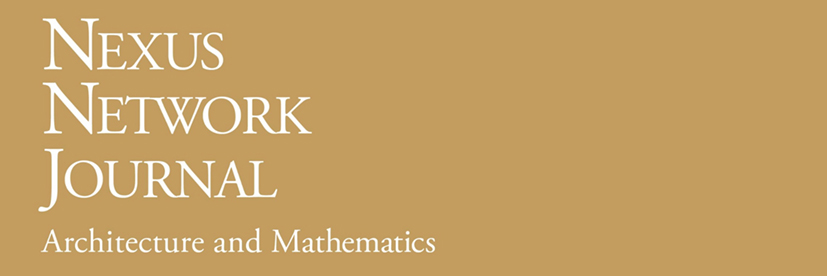ISSN (print): 1590-5896
ISSN (online): 1522-4600
Mar
2021
Aug
2021
Jan
2022
Modelling in the broadest possible sense refers to the conceptualization of a system using general rules and concepts. More particularly, modelling may refer to the production of mathematical models, physical models and 3D digital models. For mathematical models, we consider systems that allow interpretations of reality and that contribute to visualising new scenarios. For physical models we consider scale models (including full-scale models), that are representations of the actual object. For 3D models, we include virtual representations, by way of digital tools, of any three-dimensional objects. Although we may consider physical or virtual architectural modelling separately, we should be aware that they tend to converge via digital fabrication processes, which allow for easy production of full-scale models, as is the case of the fabrication of building components. In parallel, VR experiences allow the architect to sense the space as never before, giving him or her more means to preview and improve the design and, at a final stage, to invite users to participate in that experience in a simulation of reality. Modelling, nowadays, also allows designers to develop accurate solutions for structural and functional issues, which contribute to strengthening the comprehensiveness of the architectural design process. Researchers are invited to submit articles covering these fields, taking into account the role of all kinds of models in the conception, testing, definition and communication of architectural ideas and artifacts. Although we welcome papers covering different historical periods, we encourage a focus on contemporary practices where modelling – either conceptual, physical or virtual – is a key feature.
United States Of AmericaModelling | Conceiving, Testing, Defining, Convincing
Modelling in the broadest possible sense refers to the conceptualization of a system using general rules and concepts. More particularly, modelling may refer to the production of mathematical models, physical models and 3D digital models. For mathematical models, we consider systems that allow interpretations of reality and that contribute to visualising new scenarios. For physical models we consider scale models (including full-scale models), that are representations of the actual object. For 3D models, we include virtual representations, by way of digital tools, of any three-dimensional objects. Although we may consider physical or virtual architectural modelling separately, we should be aware that they tend to converge via digital fabrication processes, which allow for easy production of full-scale models, as is the case of the fabrication of building components. In parallel, VR experiences allow the architect to sense the space as never before, giving him or her more means to preview and improve the design and, at a final stage, to invite users to participate in that experience in a simulation of reality. Modelling, nowadays, also allows designers to develop accurate solutions for structural and functional issues, which contribute to strengthening the comprehensiveness of the architectural design process. Researchers are invited to submit articles covering these fields, taking into account the role of all kinds of models in the conception, testing, definition and communication of architectural ideas and artifacts. Although we welcome papers covering different historical periods, we encourage a focus on contemporary practices where modelling – either conceptual, physical or virtual – is a key feature.
Arts & Humanities Citation Index, CNKI, Current Contents/Arts and Humanities, EBSCO Academic Search, EBSCO Discovery Service, EBSCO STM Source, Gale Academic OneFile, Google Scholar, Institute of Scientific and Technical Information of China, Japanese Science and Technology Agency (JST), Journal Citation Reports/Science Edition, Mathematical Reviews, Naver, OCLC WorldCat Discovery Service, ProQuest ABI/INFORM, ProQuest Advanced Technologies & Aerospace Database, ProQuest Art, Design and Architecture Collection, ProQuest Arts & Humanities Database, ProQuest Arts Premium Collection, ProQuest Business Premium Collection, ProQuest Central, ProQuest Civil Engineering Abstracts, ProQuest Computer Science, ProQuest Engineering, ProQuest Materials Science and Engineering Database, ProQuest SciTech Premium Collection, ProQuest Science Database, ProQuest Technology Collection, ProQuest Telecommunications Database, ProQuest-ExLibris Primo, ProQuest-ExLibris Summon, SCImago, SCOPUS, Science Citation Index Expanded (SciSearch), zbMATH.
Info at: support.springer.com/en/support/solutions/6000138386
Guest Editor
João Pedro Xavier

